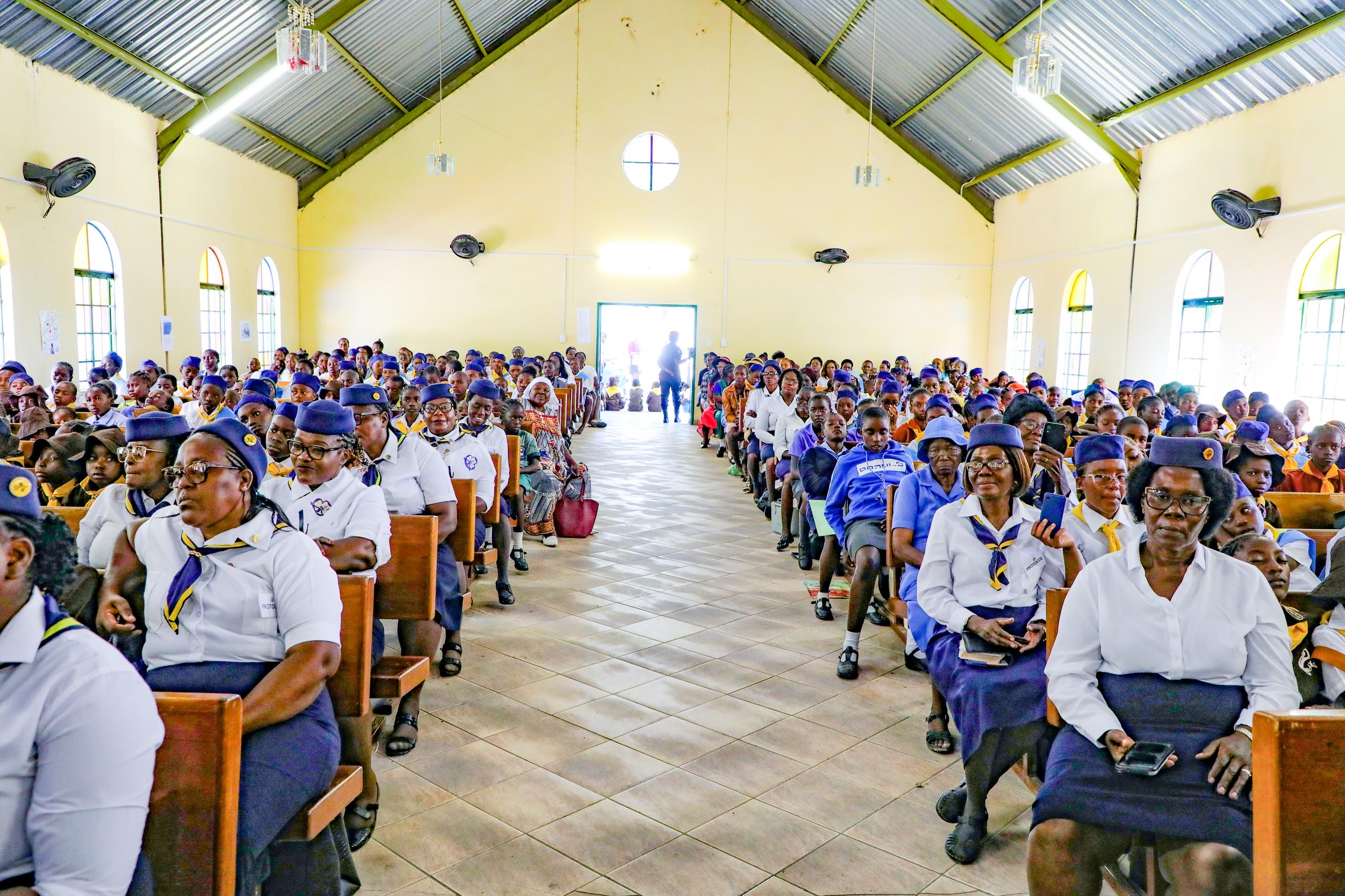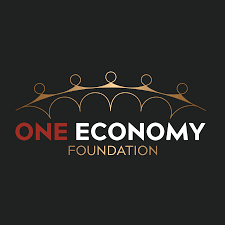THE Langer Heinrich Mine remained Paladin’s only success story this year, increasing its 2009 profit before income tax and finance costs by 128 per cent over that of 2008 to US$39,6 million, about N$280 million.
Langer Heinrich’s results are in stark contrast to that of Paladin’s Kayelekera Mine in Malawi and its various projects in Australia. Kayelekera suffered a gross loss of US$11,2 million, nearly 500 per cent more than in 2008, while the Australian operations recorded a loss of US$810,3 million, an increase of more than 2 700 per cent over that of 2008.Paladin Chairman Rick Crabb singles out Langer Heinrich as the group’s ‘flagship project’ in the latest annual report, which ‘will be a true world class mine’ by 2011.Besides a significant increase in gross profit, Langer Heinrich also recorded healthy increases in uranium oxide sales for the year, as well as assets growth and cash inflow.Sales for 2009 amounted to US$111,8 million, nearly 19 per cent more than last year. Assets grew to US$301,8 million, in an increase of about 37 per cent.The mine’s cash inflow from operating activities rose by more than 118 per cent to US$26,9 million.Looking at the past year, Crabb said the current updated resource at Langer Heinrich is 68 per cent higher in tonnes and three per cent lower in grade than estimated in 2006. Combined, this means a 64 per cent increase in contained metal.During the 2008-09 financial year, Langer Heinrich produced 2,7 million pounds of uranium oxide, 60 per cent more than the previous year.The construction of Stage II, which will expand production to 3,7 million pounds per year, was completed in June and commissioning is well underway with design parameters expected to met during the September quarter this year, Crabb said.Meanwhile, the board has approved US$71 million, nearly N$500 million, to expand and start with Stage III, which will push up production to 5,2 million pounds per year. Construction has already started and is expected to take 12 months.’By 2011, therefore, Langer Heinrich will be a true world class mine with at least a 20-year life in a stable regime,’ Crabb said.Commenting on the global nuclear power industry, he said ‘the robustness of nuclear electricity during the serious economic downturn illustrates the low cost base load characteristic of its contribution to power supply and confirms the determination of many countries to maintain and expand nuclear power regardless of short-term economic conditions’.He said the future role of nuclear power in the global energy mix remains highly encouraging.’Escalating concerns regarding climate change and the basic need for electricity are driving an increasing number of countries to either actively pursue the nuclear option or, at least, seriously consider the technology.’ As of the beginning of August this year, a total of 436 commercial nuclear reactors were operating globally while a further 49 new nuclear units were under active construction. China leads the way with 15 reactors under construction, followed by the Russian Federation (9 reactors), India (6 reactors) and South Korea (5 reactors).’The number of reactors either on order or planned has risen to 136 involving a broad range of countries including Egypt, Indonesia, South Africa, the United States, Thailand, Turkey and the UAE. Importantly, an additional 277 reactors are now proposed to be built in a spectrum of countries across the globe,’ the Paladin report states.Uranium production continues to lag growing worldwide demand.During 2008, the aggregate global uranium production of 114 million pounds fell well short of estimated uranium requirements of 170 million pounds. Since 2004, when total world uranium production was 104,5 million pounds, global output of uranium has increased less than ten per cent, Paladin says. ‘Some of the major producing countries such as Australia and Canada actually experienced declines in production (6,4 per cent and 22,3 per cent) during that period while Kazakhstan (130 per cent) and Namibia (44 per cent) experienced significant percentage increases,’ the report states. Uranium prices continued to moderate over 2009, failing to reflect the persistent imbalance in uranium demand and supply forecast for the mid-to-long term. ‘Spot uranium prices declined from around US$65/lb in September 2008 down to US$52lb by end of calendar year 2008, influenced to a great degree by the de-leveraging of investment funds which were forced to liquidate physical inventories. ‘Since early 2009, the spot price has remained somewhat volatile, declining to US$40/lb before rising into the US$54-55./lb range. As of late August, reported spot prices stood at US$47/lb.’jo-mare@namibian.com.na
Stay informed with The Namibian – your source for credible journalism. Get in-depth reporting and opinions for
only N$85 a month. Invest in journalism, invest in democracy –
Subscribe Now!










